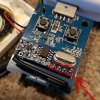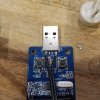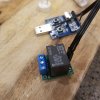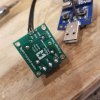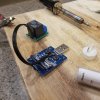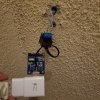The Konx (not Knox) website does not say anything about connecting a regular chime as far as I can see:
The specs on the Alibaba page are probably just wrong. The YooSee product page initially mentioned a PIR which is not there, they have now removed the reference to that. The Konxtech website I linked to above says it's a 1MP 720P camera while in reality it's a 2MP 1080p camera. These errors are probably just copy & paste errors when they write the page for a new product based on an older product's page.
Model: KW05 1080P POE/WiFi - KONX International Limited
- KONX International Limited
www.konxtech.com
The specs on the Alibaba page are probably just wrong. The YooSee product page initially mentioned a PIR which is not there, they have now removed the reference to that. The Konxtech website I linked to above says it's a 1MP 720P camera while in reality it's a 2MP 1080p camera. These errors are probably just copy & paste errors when they write the page for a new product based on an older product's page.

 ) So... I'm curious how are owners of this doorbell making adjustments, firmware updates etc., without installing the app... or is installing the app the only option?
) So... I'm curious how are owners of this doorbell making adjustments, firmware updates etc., without installing the app... or is installing the app the only option?
